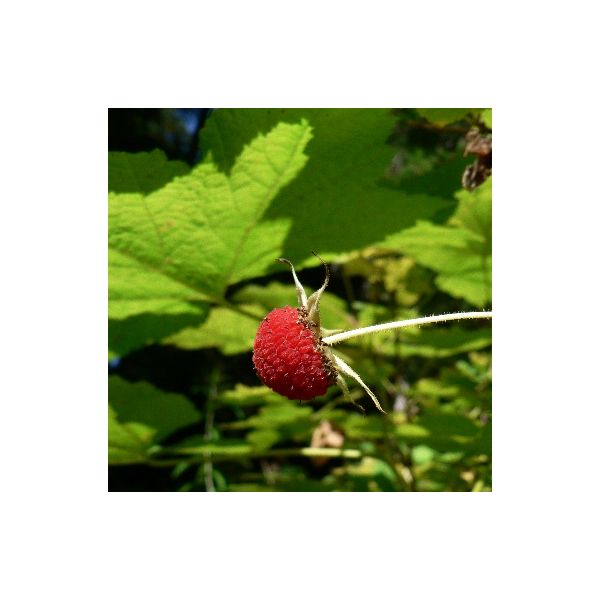Rubus Parviflorus Seeds (Thimbleberry Seeds)
Rubus Parviflorus Seeds (Thimbleberry Seeds)
Produces red raspberries. Perfect for a bird garden.

Delivery
All orders shipped with UPS Express.
Always free shipping for orders over US $250.
All orders are shipped with a UPS tracking number.
Returns
Items returned within 14 days of their original shipment date in same as new condition will be eligible for a full refund or store credit.
Refunds will be charged back to the original form of payment used for purchase.
Customer is responsible for shipping charges when making returns and shipping/handling fees of original purchase is non-refundable.
All sale items are final purchases.
Help
Give us a shout if you have any other questions and/or concerns.
Email: contact@domain.com
Phone: +1 (23) 456 789
Availability: In stock
SKU
Rubus Parviflorus
Rubus parviflorus or Thimbleberry belongs to the Rosaceae. Native to western and northern North America, from Alaska east to Ontario and Minnesota, and south to northern Mexico. Rubus parviflorus Thimbleberry is often found growing along side of logging roads and residential roads in rural areas. Thimbleberry is a suckery deciduous dense shrub up to 2.5 m tall. Unlike most other members of the genus, it has no thorns. This shrub is great for a bird garden.
Thimbleberries produce a fruit 10-15 mm diameter, which ripen to a bright red in mid to late summer. The fruits are red raspberries, in the shape of a flattened dome, sparse, with long hairs, and are fragrant. The drupelets may be carefully removed separately from the core when picked, leaving a hollow fruit which bears a resemblance to a thimble, giving the plant its name. Edible, and quite tasty too!
The leaves are alternate, maple-leaf shaped, coarsely toothed and large, often in excess of 10 cm (4? ) long and about as wide, with fine fuzz on each side. In fact they are so soft that they can be used as a handy ?toilet paper?! When the leaves fall at the end of the growing season, they do not separate at the base, but rather the petiole breaks off just above the stipules, partially hiding the winter buds.
The flowers are monoecious (both sexes). They occur terminally, either singly or in small clusters, appearing in early summer. The fragrant flowers are large (2-6 cm (1?)) in diameter, with five white petals textured like crinkled tissue paper and numerous pale yellow stamens.
New stems are green and glandular while older stems have bark that is thin, tan, and papery. The Rubus parviflorus stems spreads vegetatively to form dense populations, reaching their best growth in sunlight of forest openings or edges, but long persistent as the forest closes in over them.
Hardiness zones: 3-9 (-37øC/-35øF, -5øC/25øF). It is hardy to zone 3 and is not frost tender. The Rubus parviflorus likes any well drained, good soil. That plant will do well in semi-shade, or no shade. It needs a moist soil. This plant tolerates seasonal flooding.
| Common name | Thimbleberry |
|---|---|
| Species | Rubus parviflorus |
| Germination | Rubus parviflorus seeds should be soaked in water for 2 days. Sow the seeds in a mix of: 6 parts milled sphagnum peat moss, 1 part perlite, and 1 part vermiculite. Cover the seeds very lightly with the medium. The greenhouse temperatures are maintained at 21 to 25øC during the day for 12 hours and 15 to 18øC at night for 12 hours. Germination is uniform and is usually complete in 2 weeks. The containers must be frequently checked for moisture content. |
| Price View | Price Range |

